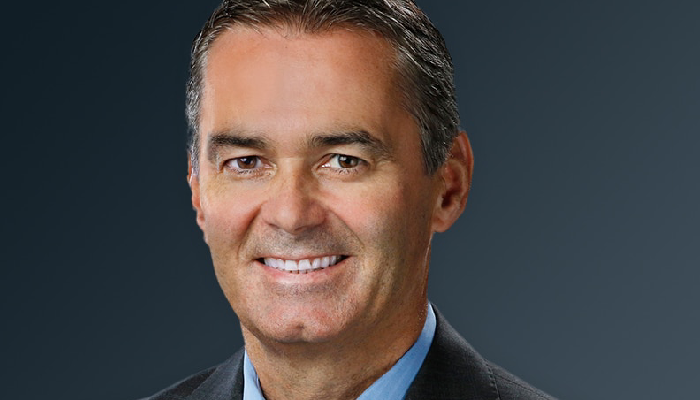Strategic collaboration strengthens 5G core, edge computing, and enterprise application delivery with performance and efficiency
AMD has announced that Nokia is integrating its 5th Gen AMD EPYC™ 9005 Series processors into the Nokia Cloud Platform, providing the computing foundation for high-performance, energy-efficient next-generation telecom networks.
This collaboration will enable telecom operators to run containerized workloads for 5G core, edge computing, and enterprise applications with enhanced performance per watt—an increasingly critical metric for modern infrastructure.
“Telecom operators are looking for infrastructure solutions that combine performance, scalability, and power efficiency. Together with Nokia, we’re enabling the networks of tomorrow.”
— Dan McNamara, SVP & GM, Server Business, AMD
Strategic Collaboration for Telecom Evolution
As telcos face growing data demands, rising energy costs, and the complexity of deploying 5G, performance-efficiency balance is key. The AMD-
Nokia partnership focuses on:
- Scalability: Supporting diverse workloads in virtualized environments
- Efficiency: Reducing power consumption without compromising performance
- Flexibility: Empowering operators to deploy edge-to-core services with agility
“This expanded collaboration brings a multitude of benefits and underscores Nokia’s commitment to innovation through diverse chip partnerships,” said Kal De, SVP, Product and Engineering, Cloud and Network Services, Nokia. “The new AMD EPYC processors help us meet the demanding needs of our 5G customers while advancing sustainability goals.”
The integration of EPYC 9005 CPUs enables Nokia to deliver cloud-native, containerized 5G services more effectively—reducing latency, improving throughput, and lowering the carbon footprint of modern networks.
This announcement follows AMD’s recent momentum in the telecom and HPC sectors, where energy efficiency and computing performance continue to shape digital infrastructure. For operators aiming to future-proof their network foundations, this partnership represents a clear move toward AI-native, agile, and green telecom architectures.


